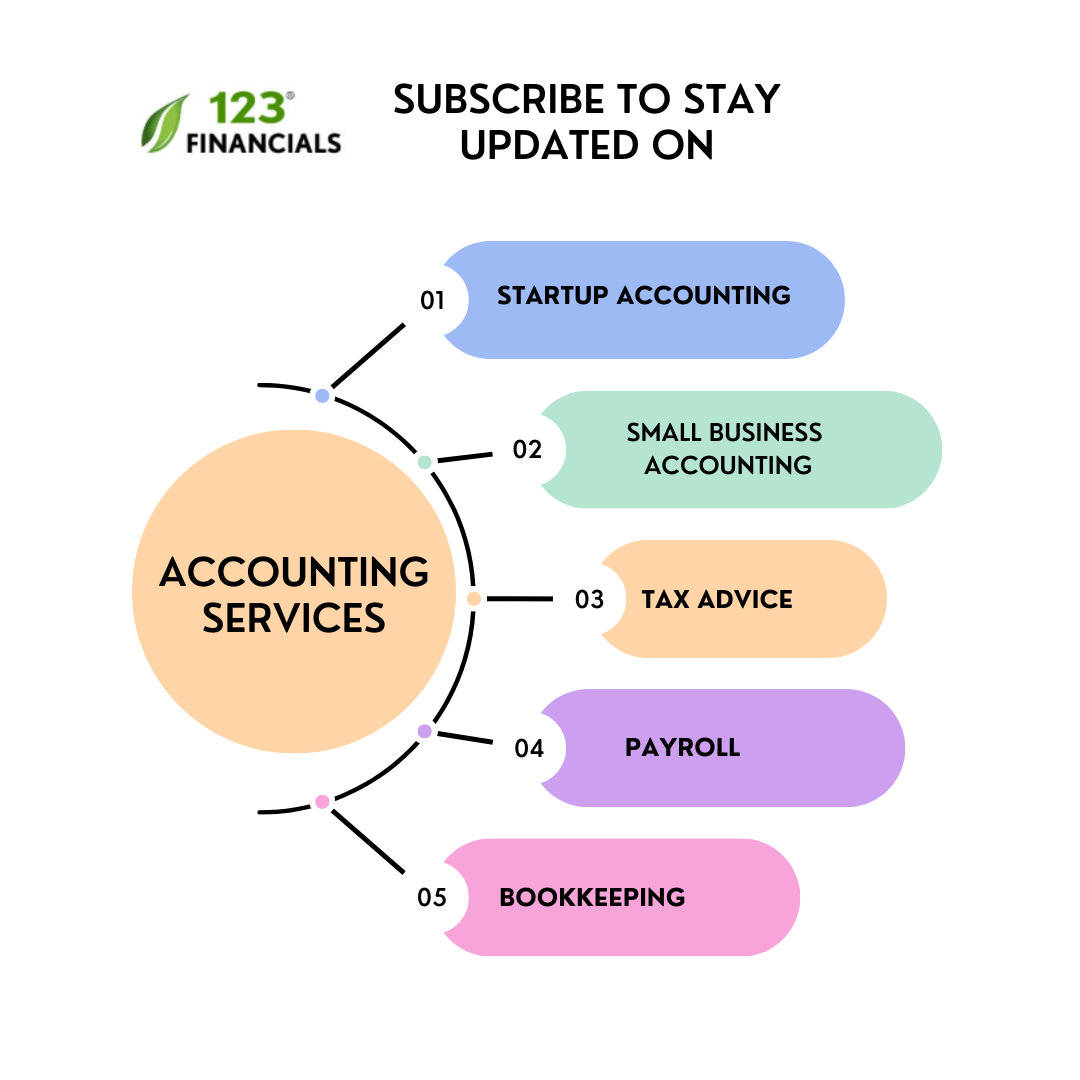Hire an Accountant
Work with a UK-based accountant for tax, accounting, payroll, & EIS/ SEIS needs.
When you are in a business, be it small, medium or large, there are particular jargons that you come across daily. These turnover word might seem difficult to you at first, but they are essential and getting accustomed to them as soon as you can is mandatory.
Some such words are revenue, sales, purchases, expenses, turnover, etc. This article will revolve around the term turnover and how businesses work it out. So, ensure to stick till the end to know everything about turnover in your business.
Contents
○ What is Turnover?
○ Difference between turnover and profit
○ Importance of turnover
○ How to calculate the turnover of a company?
○ Key things to remember
○ Tips to improve your business turnover
What is Turnover?
Turnover is a simple measure of business that will help to know whether the business is in loss or gain. It is the most common word used by accountants. HMRC uses this business turnover as a way to qualify a particular business to VAT or not.
So, what is turnover in business terms? Turnover means the amount that you invoice to your customers. It can be earned from either selling a product or rendering services.
It refers to the gross income you have received by selling your product or service in a given period. It doesn’t consider your expenses or any other additional costs that are incurred. It doesn’t even calculate the profit that you have received in that period.
Monies earned from bank interest or any other investment are not considered as turnover.
Now, let us understand this entire turnover topic in detail.
Apart from using the word turnover for accounting and tax requirements, it has some other uses. For example, there is employee turnover which means the number of employees that leave the business in a given period.
However, this article is more focused on the financial turnover of your organization. Let us get deep into the discussion and learn more about it.
Difference between turnover and profit
There is a massive difference between turnover and profit in the business world. Some people interchange these phrases at times but always keep in mind that this interchanging is not accurate.
Do you know the difference between gross income and net income? Don’t worry if you don’t see the difference, and we will make you understand it.
For example, let us consider the sales made in six months is £10,000. Now the turnover of that business is £10,000 for the year.
Now, a business pays many expenses every month, like rent, salaries, travel costs, tax, etc, lets say it totals £5,140. After deducting all of these expenses, you will have your net profit after tax in hand, £4,860.
| ABC Ltd | GBP |
| Profit and Loss account | |
| Turnover | 10,000 |
| Costs of sales | |
| Purchases | 15,000 |
| Direct costs | 1,000 |
| Subtotal | 2,500 |
| Gross Profit | 7,500 |
| Administrative expenses | |
| Rent | 200 |
| Salaries | 800 |
| Advertising and Marketing | 300 |
| Travel expenses | 200 |
| Subtotal | 1,500 |
| Profit before | 6,000 |
| Tax | 1,140 |
| Profit After Tax | 4,860 |
In short, all the amount you earn by selling is turnover; after all the expenses deduction, the amount you have in hand is profit.
Turnover helps you understand what is selling and what is not, whilst net profit helps understand where you are spending most of the money and how to cut costs.
Hope that you understand the turnover meaning here.
Importance of turnover
Some people question the importance of turnover. Their viewpoint is that turnover doesn’t matter as it gives an incomplete picture of the business. According to them, the net profit is significant, not turnover but is it?
- Profit and turnover both are important. Without turnover, there can be no profit.
- An increase in turnover is usually a sign of business growth, and likewise, a decrease in turnover is a sign of weakening demand.
- Many businesses are valued on turnover- for example, many consultancy businesses are valued at x times of gross recurring fees.
- Investors look for positive growth in turnover.
Both turnover and profit are significant variables of the cash flow in a business, and neglecting either of them can put your business and finances in trouble.
If your business is growing at an accelerated pace, check out our article on : how to manage accelerated business growth.
How to calculate the turnover of a company?
It takes time for small businesses to figure out the turnover and how to calculate it. Before getting further into this calculation, let me remind you that your finances should be a perfect record. You should maintain these for tax purposes, so do not ignore them.
Let us explain this calculation in simple words.
If you are selling goods, then the GBP value of sales is your turnover.
If you are offering services, then the total amount you charged is considered as turnover.
You have to keep a check on all the services and goods you have sold daily. It is essential for small businesses, and you shouldn’t skip it.
Now, when you get your business’s turnover in hand, calculate the gross profit and net profit. This will give you a clear idea of where you spent money. There is a simple formula that you can use here.
| Amount earned through selling your goods and services = turnover. |
| Turnover – Costs of Goods/Services = Gross Profit |
| Gross Profit – Expense/Tax = Net Profit |
| Real-Time example: |
| Turnover = 50,000 |
| Costs of Goods/Services = 20,000 |
| Administration costs = 18,000 |
| 50,000 – 20,000 = 30,000 (Gross profit) |
| 30,000 – 18,000 = 12,000 (Net profit of your business) |
The rule of thumb for every business is to stay out of the “red” zone. Red zone means your expenses exceeding your turnover. This happens for a lot of businesses at the start, don’t worry about it.
But as the business progresses, ensure that the expenses are less than your turnover. The aim here is to stay away from the red zone.
Keep a check on your cash flow. Cash flow is the most important thing in any organization. When we are talking about turnover, it is important to understand the cash flow too. This turnover and cash flow will help in determining your business.
Positive cash flow means more amount is coming into your business than that is going out.
On the other hand, negative cash flow means more amount is going out of your business. This is where you are in the red zone.
Key things to remember
- Calculation of your turnover is critical. You will be surprised, but even multi-million pounds businesses don’t always get it right!
- Always ensure that you are maintaining your financial records properly.
- In business, growth is the most important thing. Do not stay static and keep improving your business with every passing year.
- One unofficial rule that most businesses check to prove their business is a success or not is the turnover.
Tips to improve your business turnover
Improving the business turnover is very important for small businesses especially. You have to ensure that your business turnover improves with time. Here are a few tips that will help in improving your business turnover.
Check out our guide on : how to grow your business
Go aggressive with sales
Whether you are a product based company or a service-based one, aim to sell as much as possible. An increase in sales will eventually increase your profit too, so go aggressive with sales.
How can I do that? This will be the first question in your mind, and the answer is the right kind of marketing. Use all the channels that are available to market your product in the best way possible.
Run offers and promotions
Offers and discounts are a great way to attract people. You can always add a complimentary service as an offer, or you can reduce the price of the product or service. This will help in attracting more customers to your product or service, thus will increase sales. When you are doing this, ensure that the costs incurred because of this product or service don’t get out of your hands.
Hire an Accountant
Work with a UK-based accountant for tax, accounting, payroll, & EIS/ SEIS needs.
Incentives work
Your sales partners are your greatest companion in increasing sales. Ensure to incentivize and motivate them to perform better. Their better performance will ensure better turnover for your business.
So, this is about turnover and how small businesses should calculate it. Hope you understood the clear difference between turnover and net profit too.
Now you know about turnover, it is time to learn about various business models small business owners are using to grow their business.

















